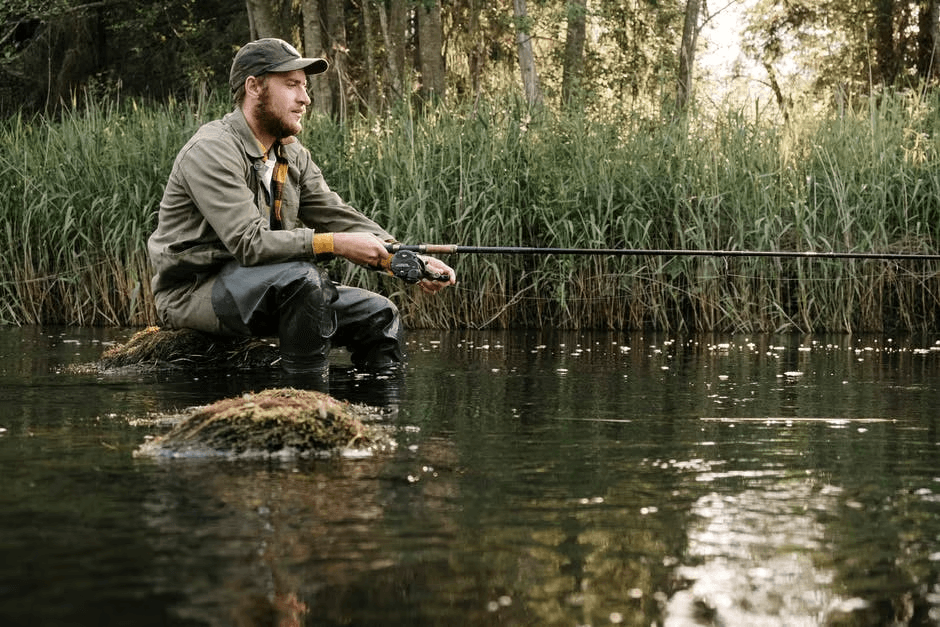
When it comes to crappie fishing, having the right bait can make all the difference. Many anglers swear by jigs, which mimic the movement of a distressed baitfish. Crafting your own jigs not only provides customization but also allows a personal touch that can lead to a more enjoyable fishing experience. A crappie jig tying kit from Shreveport, LA can serve as an excellent entry point for those keen on perfecting this skill. This article delves into the essential elements of crappie jig tying kit shreveport la, including tools, techniques, and tips for crafting effective jigs that will enhance your fishing endeavors.
The journey of tying crappie jigs begins with understanding the basic components of the jig. At its core, a jig consists of a hook, a weight, and a dressing or skirt that gives it both color and movement in the water. The hook ensures that you can effectively catch the fish, while the weight helps to sink the jig to the desired depth quickly. The dressing can vary widely, featuring materials like feathers, marabou, or synthetic fibers. Selecting the right materials tailored to water conditions, season, and target fish behavior is essential for effective jig creation.
A crappie jig tying kit typically includes a variety of these components, allowing anglers to experiment with different designs and colors. By investing in a comprehensive kit from a local supplier in Shreveport, you can gain access to all the necessary materials without needing to source each item separately. Consider starting with a few essential colors like chartreuse, black, and white, as these are universally recognized as effective for crappie fishing. Moreover, having a range of hooks in various sizes will enable customization based on the size of crappie available in local waters.
Once the materials are assembled, the actual tying process can begin. Set aside a clean and well-lit workspace to facilitate focus and precision. Begin by securing the hook in a vise, ensuring it remains stable throughout the tying process. The first step typically involves attaching the weight. This may include either a lead head or a jig body, which must be firmly tied to avoid detachment during fishing. Use appropriate thread for tying, as it needs to withstand the stress of crappie strikes and potential snags.
Transitioning to the dressing, various techniques can be employed to give the jig its unique characteristics. Techniques such as wrapping feathers or fibers around the hook can create enticing movement in the water. For a more streamlined approach, consider utilizing a dubbing technique. This involves attaching materials in a way that adds volume while keeping the jig compact. Experimenting with different dressing methods will not only improve your skills but also offer insights into what works best in specific fishing conditions.
While creativity plays a significant role in jig tying, understanding local fish behavior is equally important. Crappies often feed in schools, and their feeding habits can change based on factors such as weather, time of day, and water temperature. Observing patterns can greatly influence the color and size of jigs you choose to tie. For instance, during warmer months, crappies tend to be more aggressive, often favoring brighter colors. Conversely, in colder conditions, opting for more subdued shades may yield better results.
In addition to color and size, factors like depth and jigging technique cannot be overlooked. Crappies tend to inhabit structures like submerged trees or brush piles, meaning that jigs often need to be presented at specific depths to entice bites. Adjusting line length and jig weight can significantly affect the jig’s presentation. It may be worthwhile to practice various jigging techniques, such as vertical jigging or casting and retrieving, to discover what elicits a stronger response from the fish.
Fishing efficiency also greatly increases with the amount of practice and experimentation that goes into jig tying. Regularly crafting jigs not only allows for refinement of techniques but also helps you build a personal collection that reflects your unique fishing style. By keeping a log of which jigs perform best under specific conditions, you can make informed decisions in future fishing excursions, thus enhancing your overall success.
The final step in the jig-tying process often involves a finishing touch, which can include adding a coat of clear nail polish or head cement to ensure durability. Sealing these jigs can help preserve their integrity over multiple fishing trips, providing both longevity and reliability. After creating a collection of jigs, it is essential to remain adaptable. Enjoy tweaking the designs or experimenting with new materials as you gain confidence in tying.
Mastering the art of crappie jig tying can be immensely rewarding, transforming an ordinary fishing trip into an exhilarating experience. The enjoyment derived from crafting jigs tailored to specific conditions not only enhances fishing success but also fosters a deeper connection with the craft of fishing. Remember, the key lies in experimentation and adaptation, aligning your jigs with the whims of the environment. Embrace the learning curve, equip yourself with a crappie jig tying kit, and embark on an enriching angling adventure rooted in creativity and personal expression.